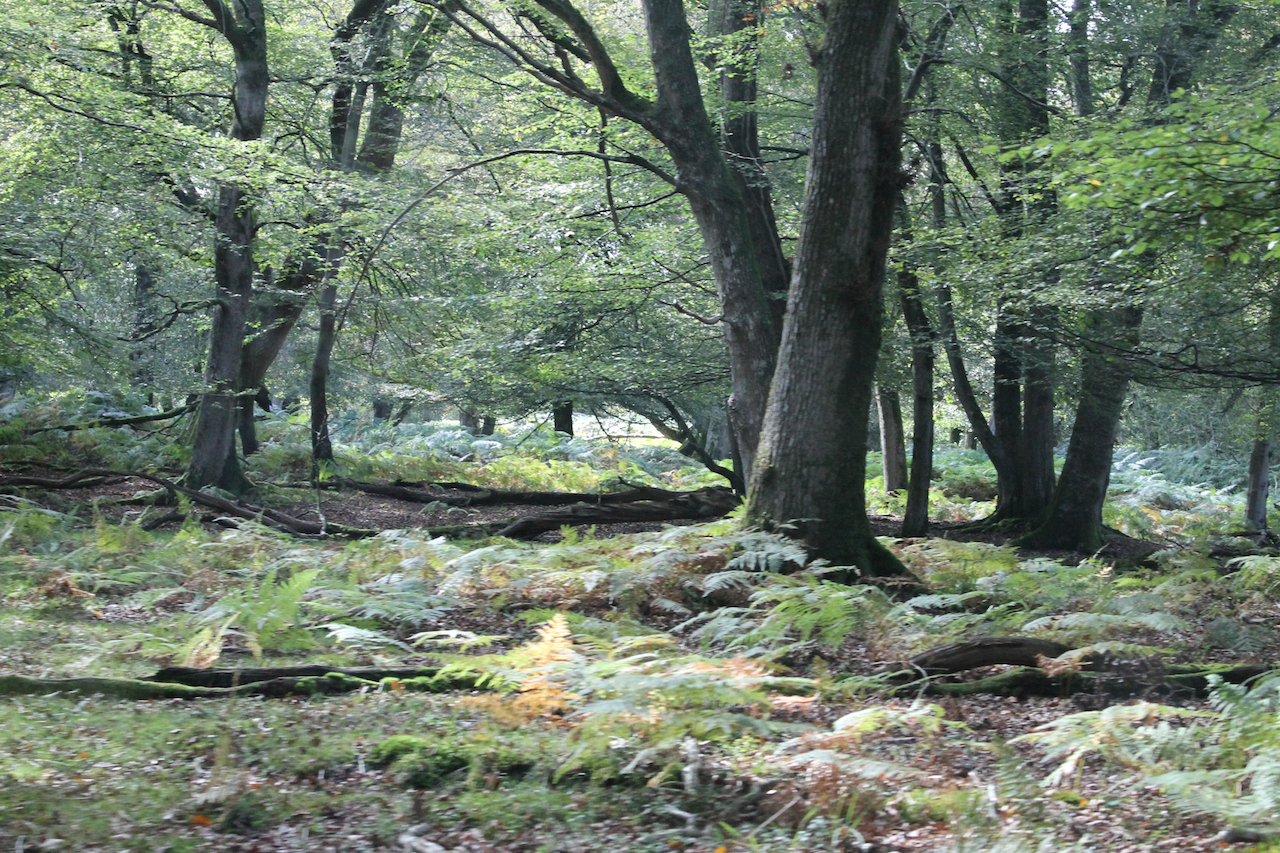
The New Forest was once inhabited by ‘persons of questionable character’ and officials who exploited rather than cared for it.
Visitors to the New Forest are often delighted with the Olde English charm of its cottages, farms and former labourers dwellings. With an abundance of thatched roofs and cottage garden planting schemes, the quaint and pretty villages are the semblance of picture postcard appeal. The sight of free-roaming ponies, cattle and donkeys adds to the atmosphere of a bygone rural idyll that has most visitors peering longingly in at many an Estate Agent’s shop window. But the New Forest hasn’t always been a place that respectable people would want to settle in. In fact, far from it.
Encroachers and trespassers
Areas that today are recommended to visit by the tourism guide books in former times were in the possession of ‘persons of very questionable character, who live most wretched and abandoned lives.’ Many of these people were ‘encroachers’ who, due to the indifference of the Forest keepers, were able to erect hovels and take up residence. Once these trespassers had established themselves in the area they were very difficult to evict. Many of the officials were too afraid to address the issue, as those who were prepared to reside illegally were ‘as ready to become murderers, as thieves.’ In 1748, for example, what is now the picturesque village of Woodgreen was described as ‘…every house there a trespass, and all the inhabitants live by pilfering and stealing out of the Forest.’ The reputation of the New Forest ponies fared no better, being described as ‘the property of vagrants and smugglers, not worth more than 2/6 a head.’
Dishonest and embezzling officials
If the inhabitants were unsavoury characters some of the Forest officials were just as unpleasant. Many of the offices had become mere sinecures and were taken up by men who wanted to exploit the Forest’s resources for game hunting or to improve their position in society. But some of the officials were downright dishonest and ignored the ancient traditions and etiquette of the Forest for their own gain. Most Crown employees were not paid and took timber and other Forest resources in lieu of wages. In the mid-1700’s the Deputy Surveyor, The Deputy Woodward and the Purveyor of the Navy were all accused of corruption. By 1789 ‘The Fifth Report of Commissioners to Enquire into the Woods, Forests and Land Revenues of the Crown’ stated that the New Forest was over run by deer, many of the Forest customs and payments had lapsed, and the Forest was greatly exploited by those entrusted to look after it. The Commissioners further reported that three of the Inclosures had been turned into rabbit warrens by the keepers who found it more profitable to rear and sell rabbits than tend trees! William Cobbett, in his famous book ‘Rural Rides’ fumed: ‘This Forest has been crawled upon by favourites, and is now much smaller than it used to be.’ He firmly believed that the very best parts of ‘this once-public property’ had been sold off and called for an enquiry.
New Forest Act 1877
Reform did eventually come in the shape of The New Forest Act 1877, which redefined the powers and duties of the administration, particularly the Verderers and the Office of the Woods, the forerunner to the Forestry Commission. The Act also confirmed the ancient rights of the commoners, which had been attacked from all sides by encroachers, embezzlers and maladministrators alike. Today the New Forest is professionally managed by agencies and statutory organisations that, under the watchful eye of conservation charities like the New Forest Association and the New Forest Trust, value the practice of commoning and the special qualities of the landscape.



You must be logged in to post a comment.